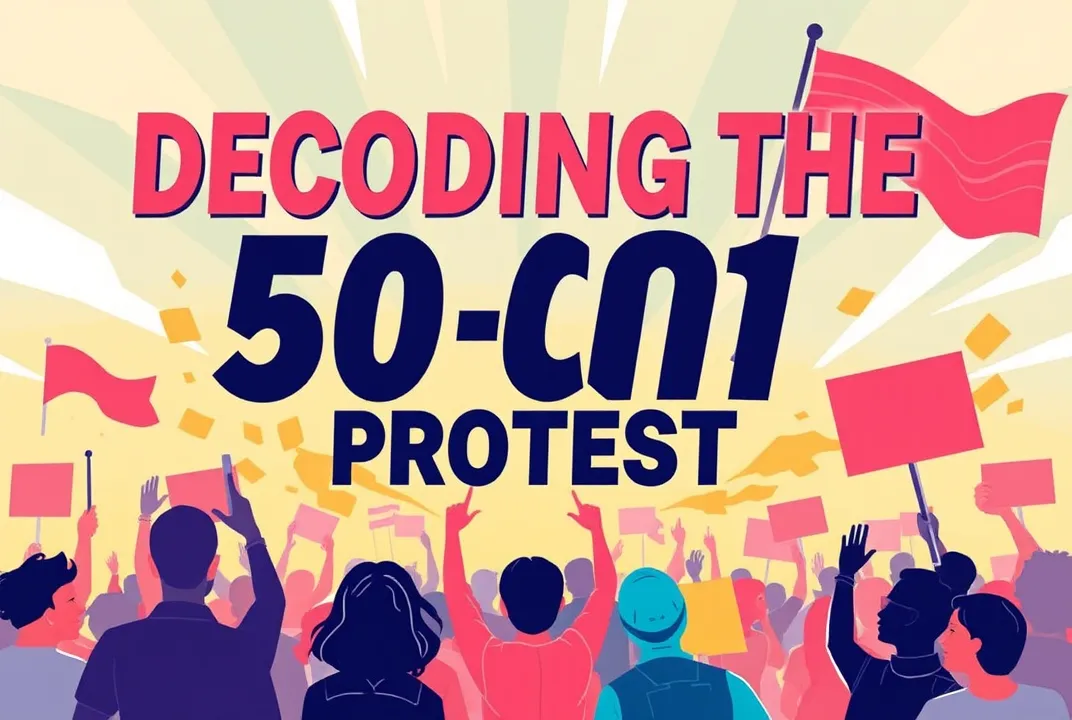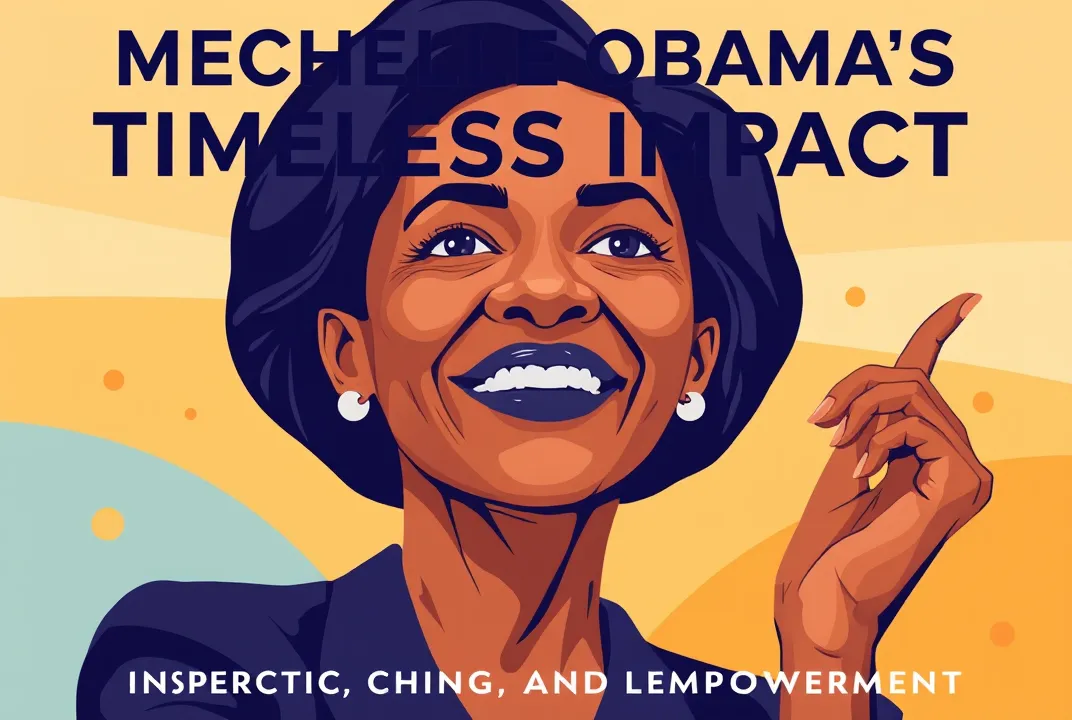Introduction: The Spark of social change
In the summer of 2023, a wave of protests swept through the streets of cities across the nation, marked by the hashtag #50501. What began as a grassroots movement fueled by widespread discontent with socio-economic inequalities quickly morphed into a powerful collective calling for systemic change. As thousands gathered, their chants echoing off city buildings, they became a symbol of a generation yearning for justice and equity. This blog post delves into the origins, motivations, and implications of the 50501 protests, revealing the heartbeat behind this transformative social movement.
The Origins of the 50501 Movement
A Catalyst for Change
The roots of the 50501 protests can be traced back to a confluence of socio-economic factors. The COVID-19 pandemic had unmasked deep-seated disparities in wealth, healthcare, and education. Communities of color, low-income families, and marginalized groups felt the brunt of the crisis, leading to an urgent need for advocacy and reform.
The Triggering Incident
While many events contributed to the growing unrest, it was the tragic incident involving a young activist, whose life was cut short due to systemic injustices, that ignited the protests. This event served as a rallying cry, uniting diverse groups who had long felt unheard and overlooked. The hashtag #50501 emerged on social media platforms, symbolizing the movement's spirit and determination.
Mobilizing the Masses
Grassroots Organization
Fueled by social media, the 50501 movement rapidly mobilized citizens from all walks of life. Local organizations and activists utilized platforms like Instagram, Twitter, and TikTok to disseminate information, organize peaceful gatherings, and share compelling narratives that highlighted the urgent need for change.
A Network of Allies
What set the 50501 protests apart was their intersectionality. Individuals from various backgrounds—including students, workers, and even retired veterans—came together to amplify their voices. The movement drew support from established organizations, fostering a collaborative effort that combined resources and expertise.
The Protests Unfold
The Marches Begin
As the protests unfolded, the energy was palpable. Streets once filled with the hum of daily life transformed into vibrant spaces of solidarity. Marchers donned shirts emblazoned with #50501, carrying handmade signs that conveyed their messages of hope, resistance, and unity.
Emotional Stories
Amidst the chants, personal stories emerged. One protester, a single mother of three, shared her struggles with job loss and the challenges of providing for her family during the pandemic. Her story resonated with many, serving as a powerful reminder of the need for change not just on a political level, but also in people’s daily lives.
The Media’s Role
Coverage of the Protests
The media played a crucial role in amplifying the message of the 50501 protests. Coverage ranged from local news outlets to international media, each highlighting different facets of the movement. Photographs of peaceful protests contrasted sharply with images of aggressive police responses, sparking conversations about the right to protest and the treatment of marginalized communities.
Social Media Amplification
Social media became a lifeline, allowing activists to share real-time updates and mobilize supporters. Instagram stories, TikTok videos, and Twitter threads transformed ordinary citizens into reporters, documenting their experiences and spreading awareness about the movement’s core values.
The Call for Systemic Change
Demands of the Movement
At the heart of the 50501 protests lay a clear set of demands. Protesters called for comprehensive reforms in various sectors, including:
- Economic Equity: Advocating for living wages, job creation, and support for small businesses in underserved communities.
- Criminal Justice Reform: Addressing issues related to police brutality, mass incarceration, and racial profiling.
- Healthcare Accessibility: Ensuring that quality healthcare is available to all, particularly for low-income families and communities of color.
- Educational Opportunities: Promoting equitable access to quality education, especially in underfunded schools.
Building Alliances
The 50501 movement reached beyond traditional advocacy circles, forming alliances with environmental activists, labor unions, and other civil rights organizations. This coalition-building strategy strengthened the movement’s influence, showcasing the interconnectedness of various social justice issues.
The Political Landscape: Response and Repercussions
Government Response
As the protests gained momentum, government responses varied widely. Some officials expressed support for the movement, acknowledging the need for systemic change. Others, however, resorted to heavy-handed tactics in an attempt to quell the protests, raising questions about the limits of free speech and the right to assemble.
Legislative Changes
In the wake of the protests, some states began to implement legislative changes addressing the movement’s demands. These included increased funding for public education, criminal justice reform bills, and measures aimed at enhancing economic opportunities for marginalized communities. While progress was made, activists cautioned that change takes time and vigilance.
The Future of the 50501 Movement
Sustaining Momentum
As the initial fervor of the protests began to wane, the challenge became sustaining the movement's momentum. Organizers emphasized the importance of continued engagement, urging supporters to remain active in their communities and hold elected officials accountable.
A New Generation of Activists
The 50501 movement has also inspired a new generation of activists. Young people, mobilized by the urgency of the cause, are stepping into leadership roles, challenging traditional notions of activism. This infusion of energy brings a fresh perspective, ensuring that the movement remains relevant and adaptive to changing societal needs.
Conclusion: A Movement to Remember
The 50501 protests have become more than just a moment in time; they represent a collective awakening and a demand for justice. As the world watches, the movement continues to grow, fueled by the passion and determination of those who refuse to be silenced. The echoes of the protests remind us that change is possible, and that unity in pursuit of a common goal can indeed reshape the future. The journey ahead may be long, but the spirit of the 50501 movement will undoubtedly leave a lasting impact on society for generations to come.


 Unpacking Jay-Z's Legacy: Impact on Music and Culture Today
Unpacking Jay-Z's Legacy: Impact on Music and Culture Today
 Queen Bey's Evolution: How Beyoncé Continues to Reign Supreme in Music and Culture
Queen Bey's Evolution: How Beyoncé Continues to Reign Supreme in Music and Culture
 Exploring Bob Dylan's Timeless Influence: Why His Music Still Resonates Today
Exploring Bob Dylan's Timeless Influence: Why His Music Still Resonates Today
 Honoring Resilience: Stories Behind the Victims of the New Orleans Attack
Honoring Resilience: Stories Behind the Victims of the New Orleans Attack
 Michelle Obama's Timeless Impact: Inspiring Change and Empowerment
Michelle Obama's Timeless Impact: Inspiring Change and Empowerment